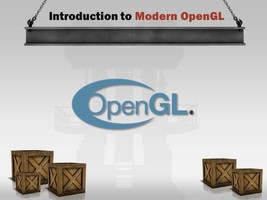
Introduction
This first video is going to set the stage for working with modern OpenGL and it will prepare you for what this video series all about. [Runtime 10m 40s]
• Video Runtime: 10m 40s
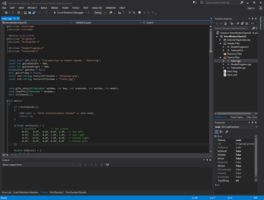
Setting Up Your Environment
In this tutorial we are going to get Visual Studio installed and set up. We are also going to need a few third-party libraries to help make the job of working with OpenGL easier. [Runtime: 26m 30s]
• Video Runtime: 26m 30s
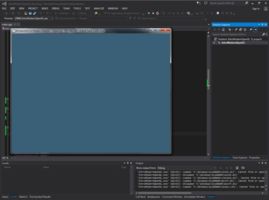
Window and Input
OpenGL does not include anything specific to creating and manipulating graphics windows nor does it provide anything for inputs like keyboard, mouse or gamepads. So we need to do it ourselves. This tutorial gets our framework up and running with window setup, OpenGL setup and inputs. We chose to use a popular cross platform library called GLFW to do the hard stuff for us. That is what we are going to do in this video. [Runtime: 47m 44s]
• Video Runtime: 47m 44s
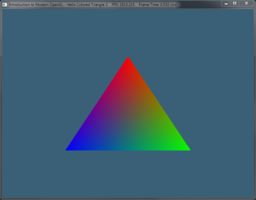
Your First Triangle
Modern OpenGL is very powerful and you can do some pretty amazing things graphically. Writing OpenGL code using the fixed function pipeline was fast, short and easy but there were serious limitations to what you could do. OpenGL 3 gives you more power but that comes at the cost of some complexity. Making a simple shape show up on screen is a bit more involved now. But it's easy once you know it so dive in! [Runtime: 94m 2s]
• Video Runtime: 1h 34m 2s
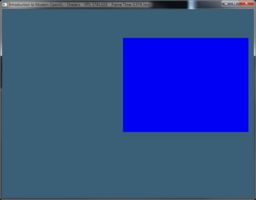
Shaders
Shaders are small programs that run in a video card and do amazing work and they do it fast! They are absolutely required if you want to use modern OpenGL. In this tutorial you will learn what they are and how to program them. You will also learn some basics of GLSL, the OpenGL Shading Language. [Runtime: 87m 12s]
• Video Runtime: 1h 27m 15s
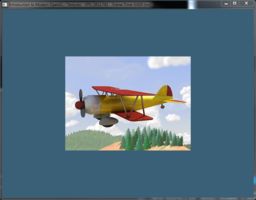
Texture Mapping
Rainbow colored triangles and quads are fine but we need to add some realism to our game. That is where texture mapping comes in. This technique of adding amazing realism is still used today to achieve fast graphics rendering. This tutorial will teach you how to texture map. [Runtime: 82m 10s]
• Video Runtime: 1h 22m 10s
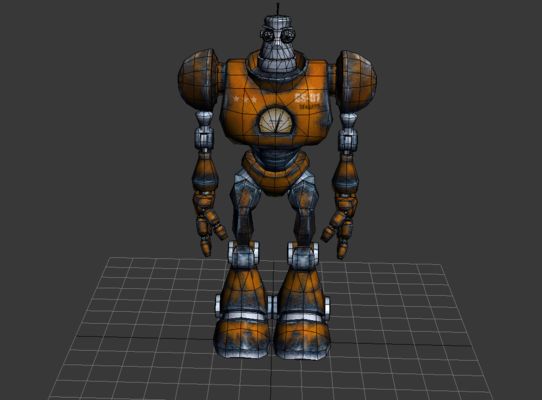
Coordinate Systems
To get to 3D worlds you have to understand coordinate systems. This tutorial will explain with words and pretty pictures what that means. [Runtime: 13m 52s]
• Video Runtime: 13m 52s
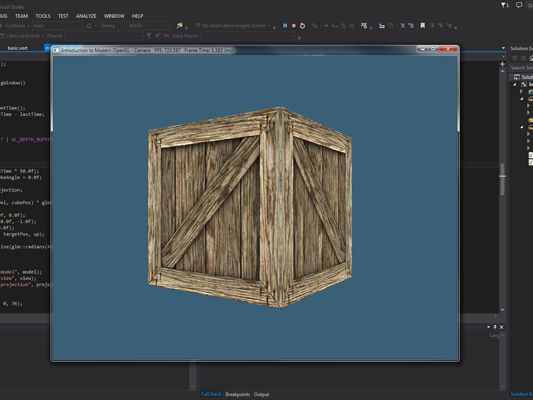
Virtual Camera I
Let's get into 3D now! The next two tutorials will be developing a couple different cameras we can use to move around in our 3D scene. But we should get some basic understand out of the way first. So this video will establish the foundations for 3 dimensions. The second part of the camera videos will be writing code to create the cameras. [Runtime: 27m 46s]
• Video Runtime: 27m 46s
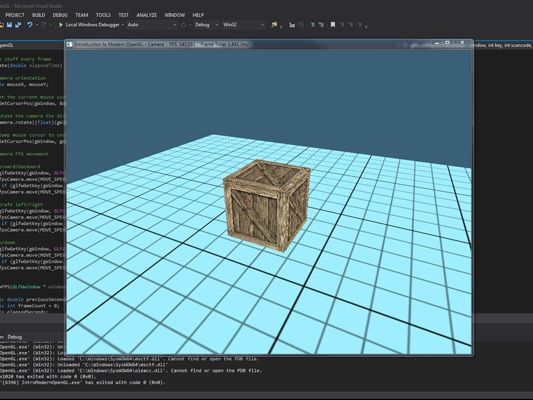
Virtual Camera II
Let's get right into writing the camera code. You might need to review Virtual Camera Part I to understand the concepts behind the code in this video. [Runtime: 45m 42s]
• Video Runtime: 45m 42s
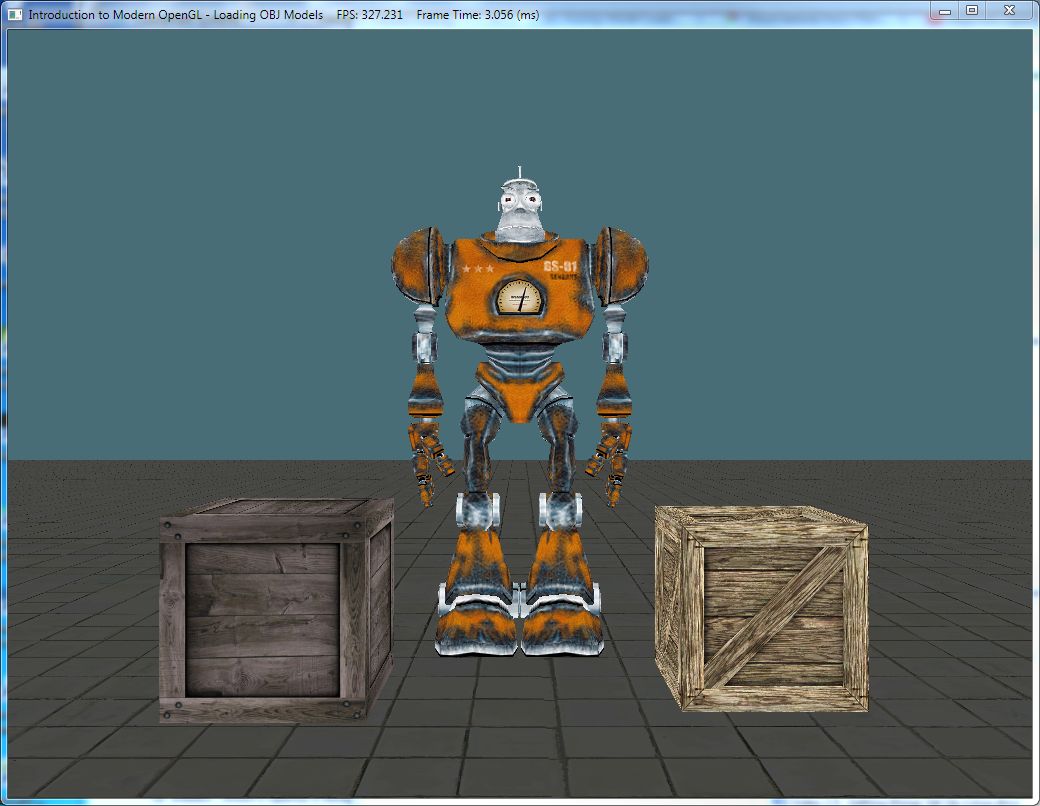
Loading OBJ Models
In this tutorial we will finally be learning how to load and render something other than hand coded triangles, quads and cubes! This tutorial will teach you how to load and render Wavefront OBJ model files. This 3D model format was chosen because of its easy-to-understand and work with format. Your game code framework is now getting more interesting! [Runtime: 45m 41s]
• Video Runtime: 45m 41s
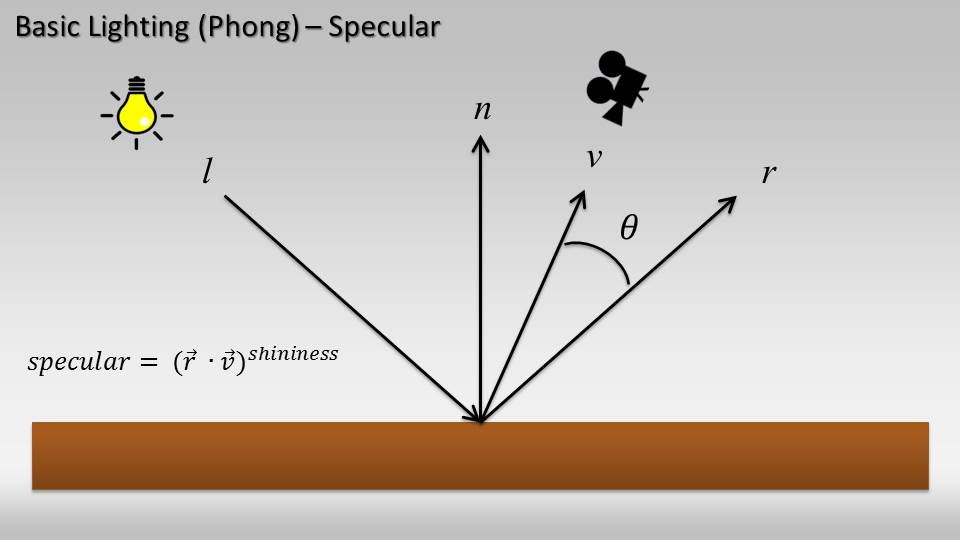
Basic Lighting I
Lighting in the real world is very complicated and involves a lot of factors. Lighting in OpenGL will be approximating what happens in the real world and therefore will use simplified light physics. Over three videos will show you how to create basic but convincing scene lighting. It will cover the Phong and Blinn-Phong reflection models including the individual reflection components and per-pixel shading models (Phong) and materials. We will also be discussing a few of the common light sources: directional, point and spot lights. [Runtime: 45m 04s]
• Video Runtime: 45m 4s
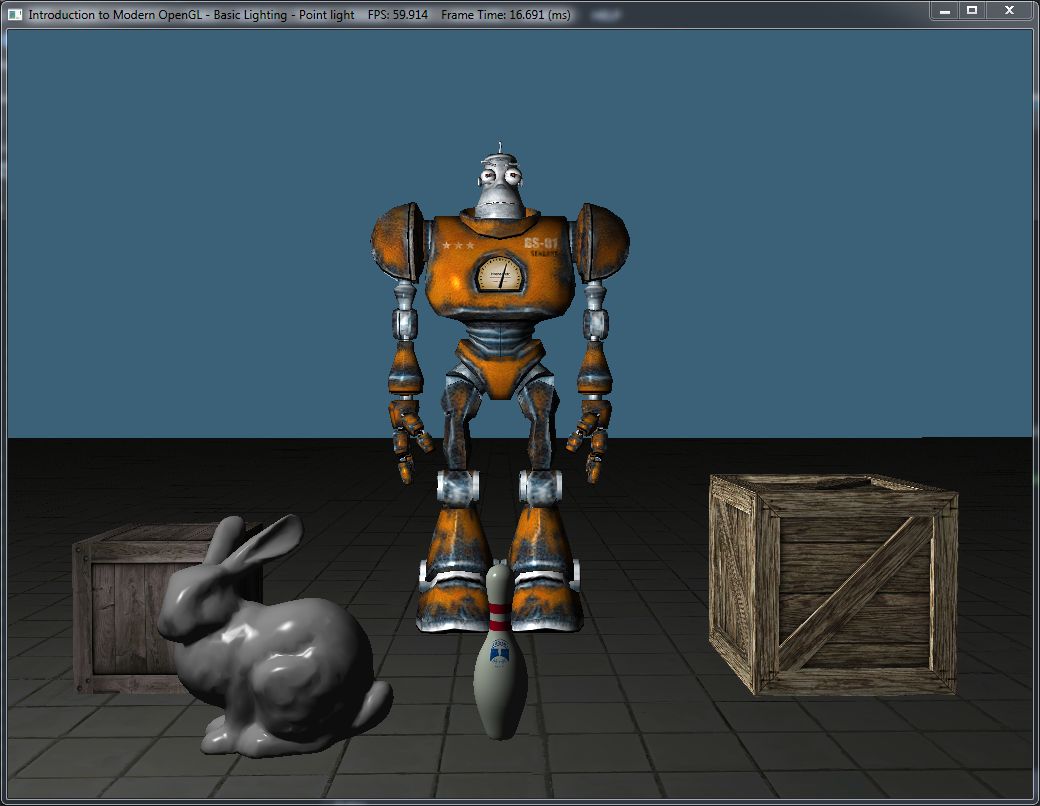
Basic Lighting II
In this tutorial video we will show you how to create a basic light source and light a simple scene using what we learned in part I of the lighting videos. [Runtime: 68m 19s]
• Video Runtime: 1h 8m 19s
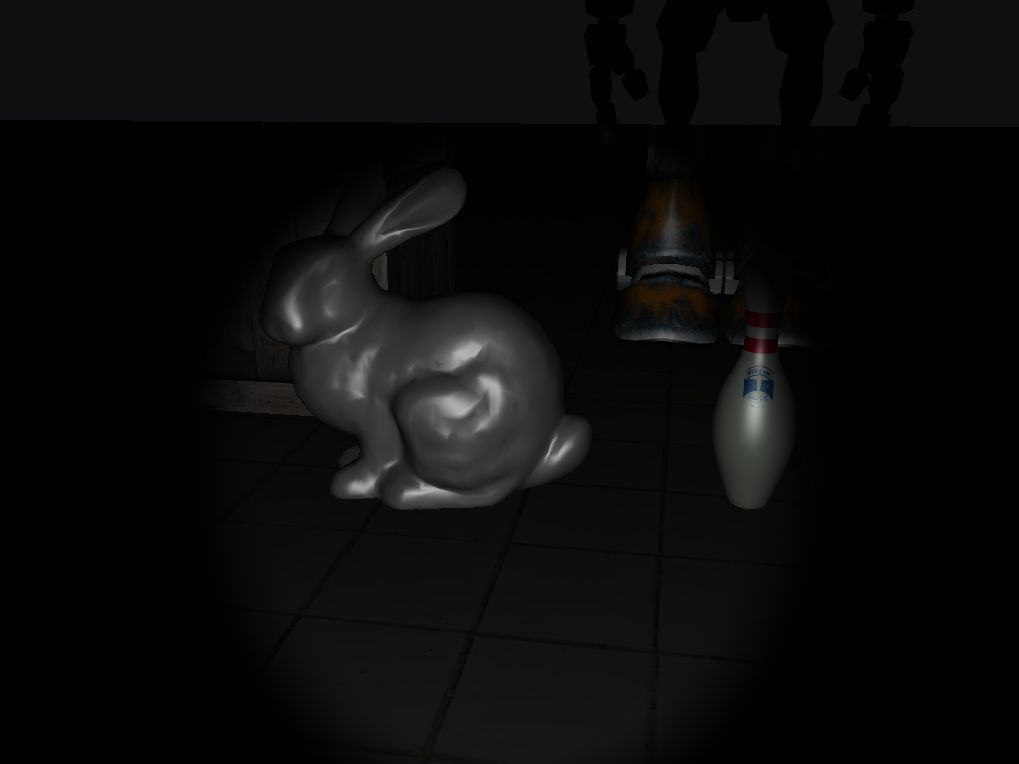
Basic Lighting III
The previous lighting videos used a single point light source in space. In this tutorial you will learn how to implement 3 common light sources that more closely follow realistic lights we have in the real world. [Runtime: 35m 3s]
• Video Runtime: 35m 3s
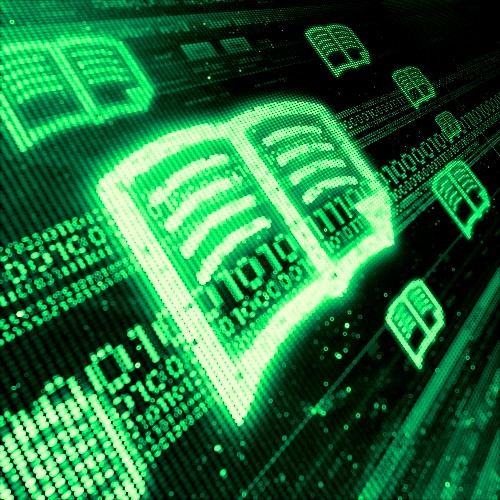
Final Exam
60 question final examination covering all course modules.